
It is said that if you visit Tongu-san, your love will come true. Hope you have a good marriage…


History of Tongu
(auxiliary shrine)
Tongu, an auxiliary shrine of the Sapporo Shrine(Present- Hokkaido Shrine), which was first erected in Maruyama in Meiji 4(1871), was built in Minami 2-jo Higashi 3-chome, Meiji 10(1878), for the convenience of its patrons who would have difficulty visiting the Sapporo Shrine during winter, when the snow was deep. The Sapporo Shrine Yohaijo(place to bow in the direction of Sapporo Shrine) was built on the property donated by Genzaemon Nakagawa.
It was said that by April of Meiji 15(1882), the shrine was revered by 800 households, the entire city of Sapporo.
For sixteen years, between Meiji 14(1881) and Meiji 30(1897), business affairs for Sapporo Shrine were conducted at this auxiliary shrine, and only festivities were held at the main shrine in Maruyama.
Thereafter, the Yohaijo was renamed “Tongu”, and on September 21, Showa 39(1964), the Meiji Emperor was enshrined in the Sapporo Shrine. The name of the shrine was changed from Sapporo Shrine to Hokkaido Shrine, and thus the Tongu also became the Hokkaido Jingu Tongu.
Precinct Guide

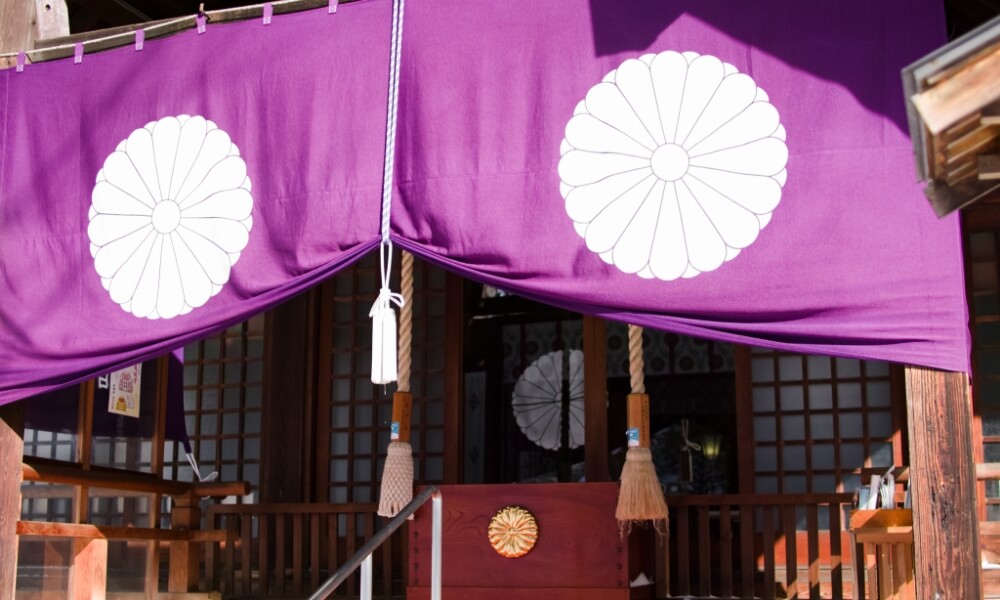
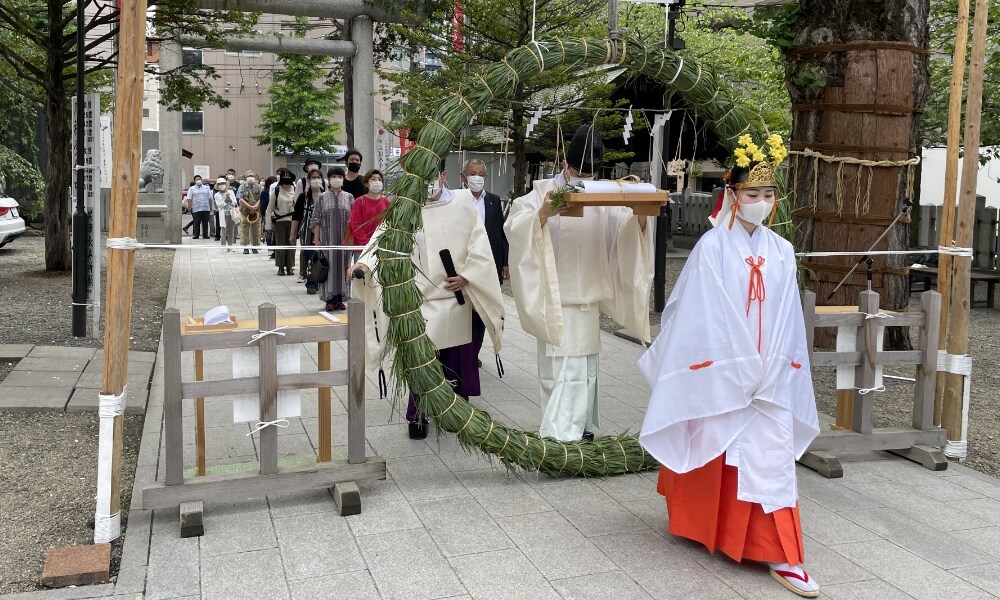
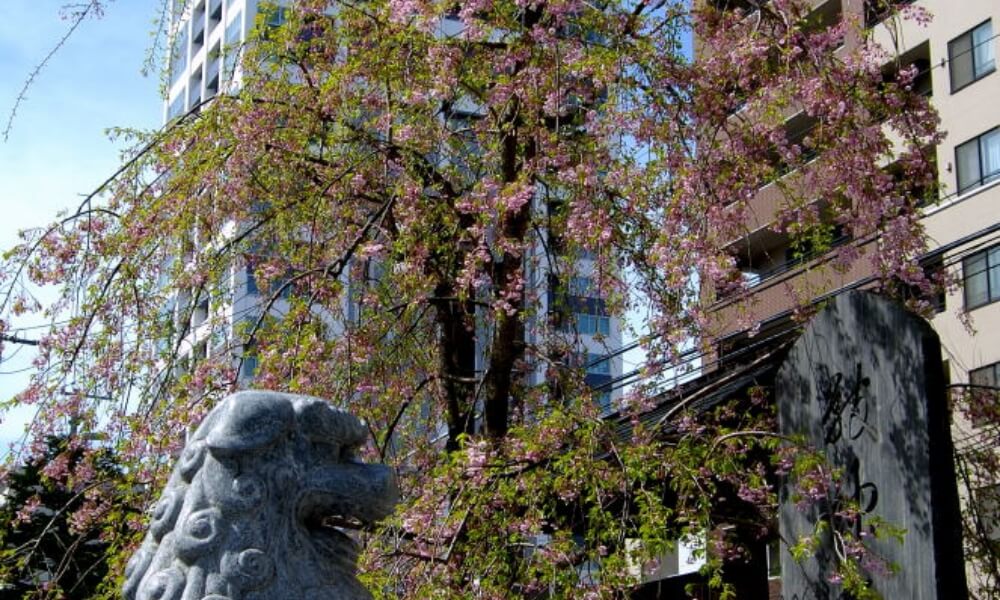
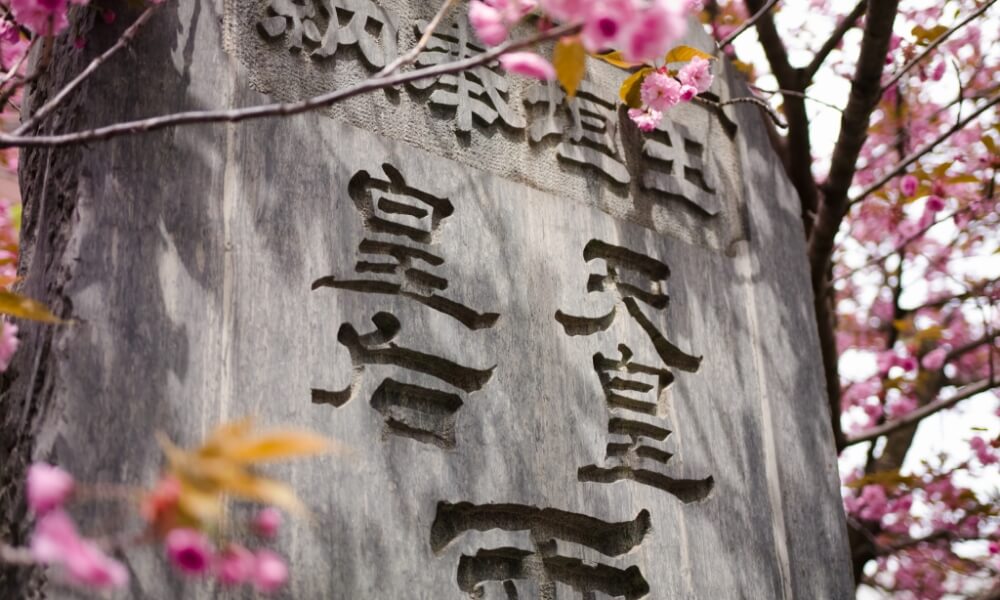
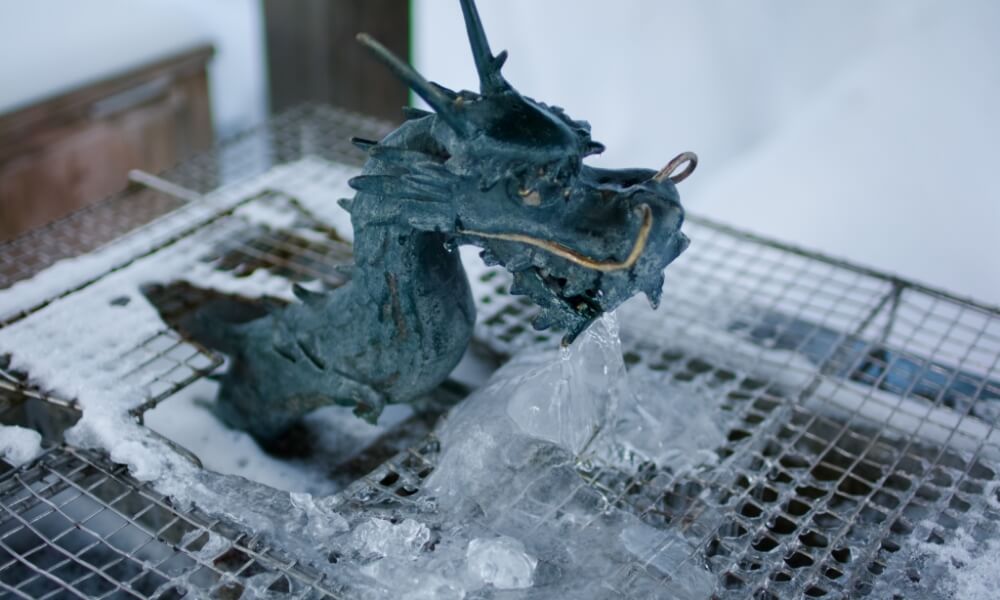
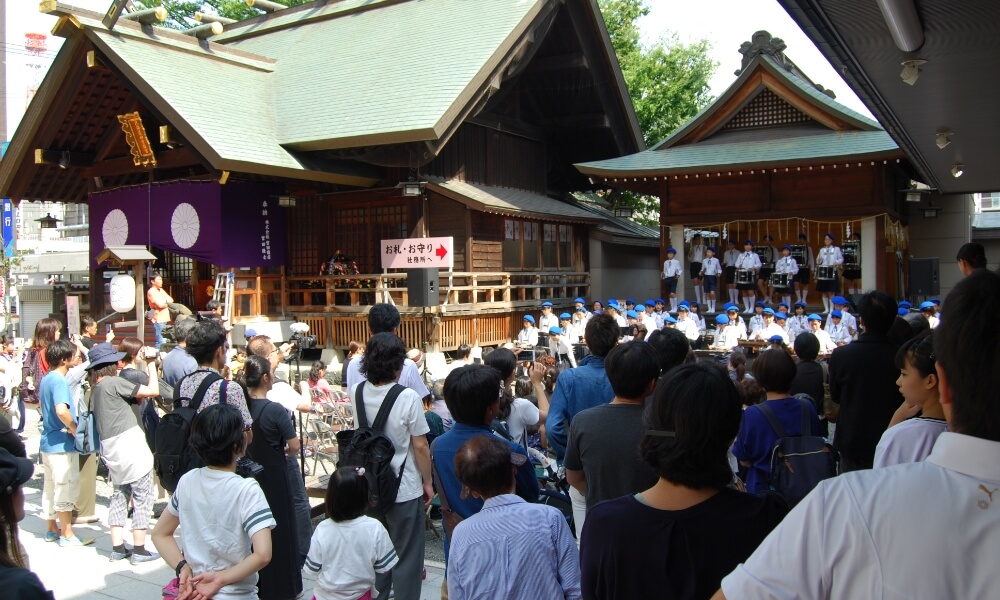
Hokkaido Jingu Tongu, nicknamed “Tongu-san” by the citizens of Sapporo, is located in the center of Sapporo where people always come and go. The Sosei River flows nearby and the shrine grounds are surrounded by greenery, giving the shrine a secluded atmosphere.
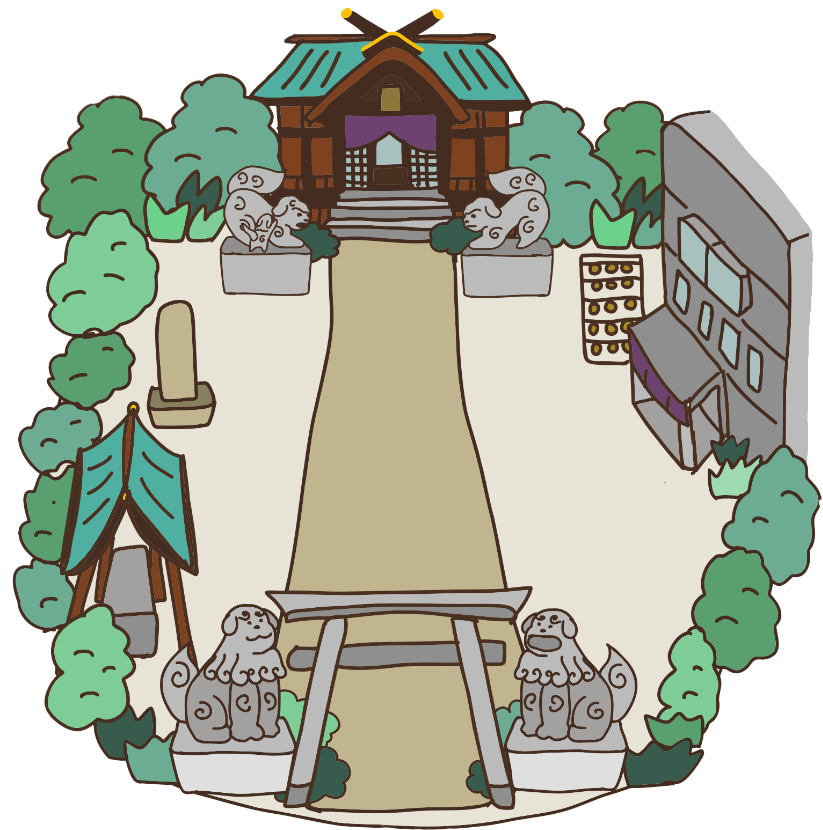

Shrine pavilion(“Shaden”)
The main shrine building of Tongu is a combination of the main shrine building, the hall of offerings, and the hall of worship. The worship hall was established in 1878 as an auxiliary shrine of the Sapporo Shrine(Present- Hokkaido Shrine), but was destroyed by fire in 1901.
Later, in 1910, the present Shrine pavilion was built with old materials from Sapporo Shrine.

Purification fountain(“Te-sui-sya”)
Found near the entrance, the water of these fountains is used for purification. You are supposed to clean your hands and mouth before approaching the Shaden.
The Purification fountain of Tongu was dedicated in 1990 by Mr. and Mrs. Kobayashi and Mr. and Mrs. Kubo.

Guardian Dogs(“Komainu”)/in front of Shaden
The guardian dogs in front of the shrine were dedicated in June 1890 by Hideyoshi Watanabe and Kazaemon Shinohara. The material is Sapporo soft stone, and it is the earliest Komainu made in Hokkaido, and the oldest in the Ishikari region. The carving is excellent and the historical nature of the work makes it a very valuable Komainu. Legend has it that the small Komainu has given rise to the belief that they are for “safe childbirth,” “child bearing,” and “family safety,” and many people visit the shrine to stroke the Komainu.

Guardian Gogs(“Komainu”)/in front of the gate
The guardian dogs in front of the torii gate were dedicated by Mr. and Mrs. Kubo and Mr. and Mrs. Kobayashi in 1994. The artist is Kazuya Yamamoto.
These komainu are legend has it that bring good luck if touched and prayed for, attracting many visitors from all over Japan.

Shrine office(“Shamu-syo”)
This is the place where the shrine's business of the Tongu Shrine is conducted.
On the first floor, there is a place to receive good luck charms and red seals.
The second and third floors are used for various purposes, such as meetings of Ujiko worshippers and waiting rooms for weddings.

Amulet Place of Conferment(“Zyuyo-syo”)
You can get shrine amulets and Ema here.
The amulets and Ema plaques are for protection concerning health, safe pregnancy and delivery, traffic safety, and various other peace and safety prayers for life.
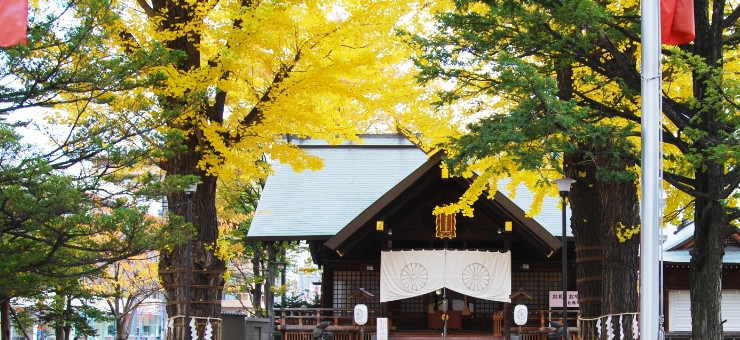
Sacred tree(“O kami ki”)
The ginkgo trees on either side of the approach to the temple, around which shimenawa (sacred straw ropes) are turned.
Pray
At Tongu, there is a symbol called the “Komainu (guardian dogs) of love fulfillment.
People come from all over Japan to visit the shrine, believing that these komainu will bring them good luck.
*Komainu :
Komainu are a pair of guardian dogs or lions, often found on each side of a shrine’s entrance.
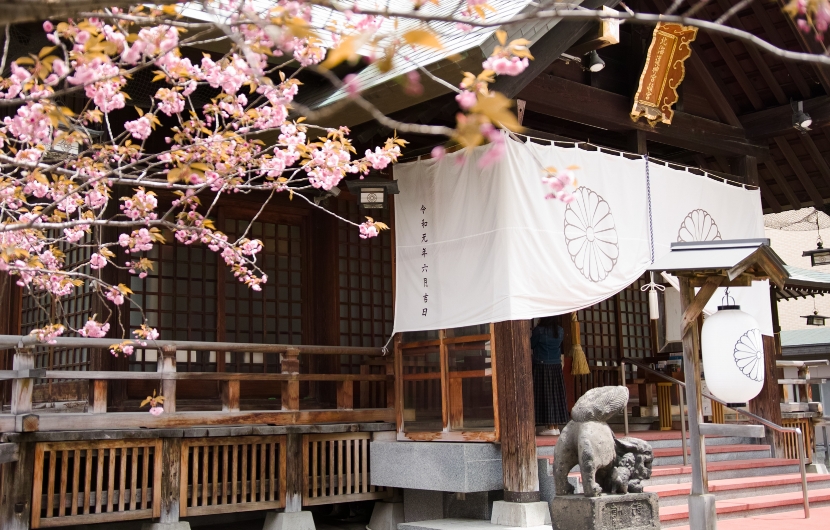
Komainu in front of the Shrine pavilion
These Komainu have a long history and were dedicated in 1890. Legend has it that touching this guardian dog will bring blessings for a child and safe delivery.
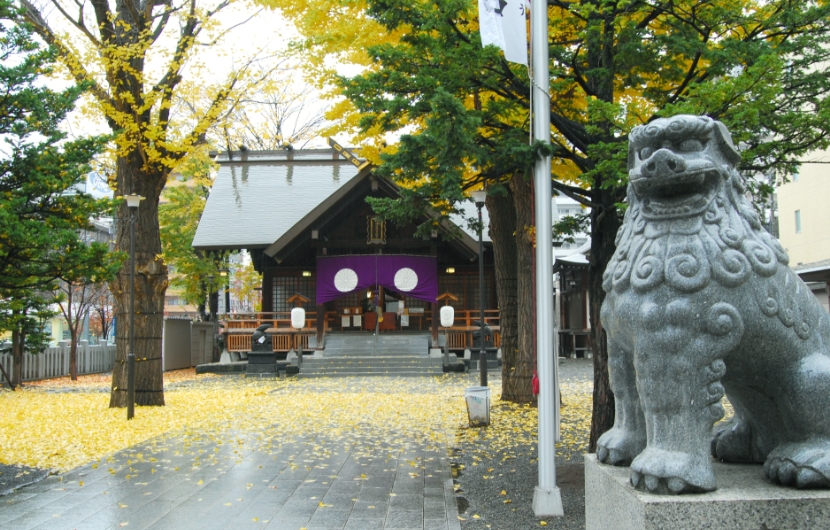
Komainu in front of the Torii(Gate of the shrine)
Legend has it that touching these komainu will bring good marriage.




First, gentry put your offering in the box.


Second, stand erect.


Bow deeply twice, bending 90 degrees to the waist.


Clap your hands twice in front of your chest, and pray with your hands together.


At the end, bow deeply once, bending at 90 degrees.


Charm
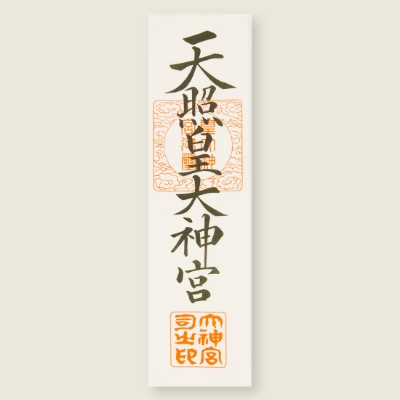
- Amulet
- Shrine fee ¥1,000
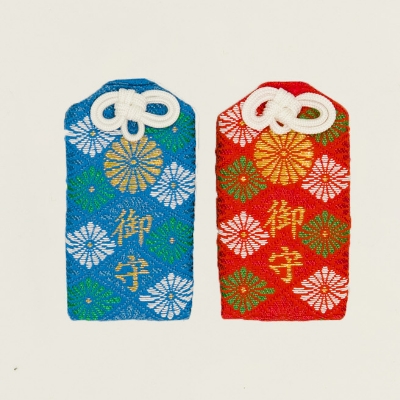
- Health charm
- Shrine fee ¥500each
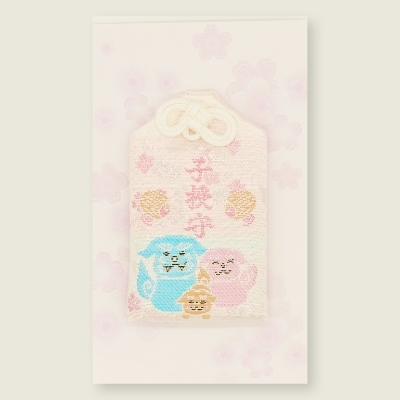
- Pregnancy charm
- Shrine fee ¥800
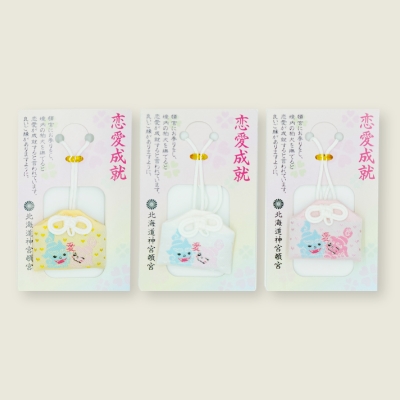
- matchmaking charm
- Shrine fee ¥500each
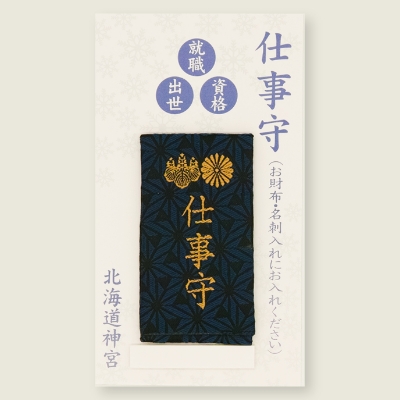
- Business success charm
- Shrine fee ¥500
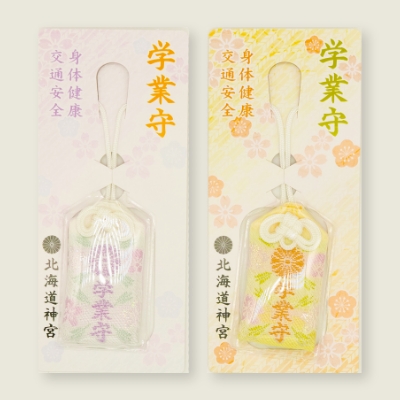
- Studies success charm
- Shrine fee ¥800each
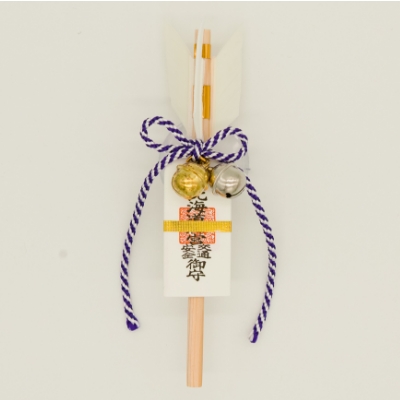
- Teaffie satety charm
- Shrine fee ¥1,000
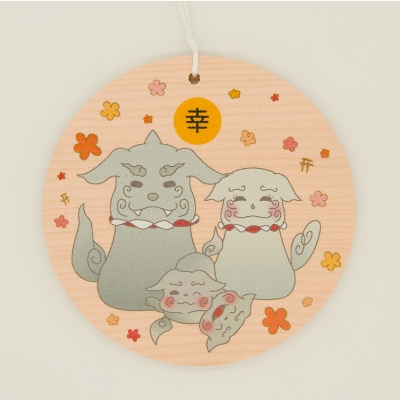
- Ema
- Shrine fee ¥500
Many other varieties available.

A goshuin is an honorable stamp got by people visiting shrines.
- Goshuin
- Shrine fee ¥300
Shinto Wedding

Like the Hokkaido Jingu, Tongu also offers Shinto weddings. The wedding ceremony will be held in an old-fashioned and traditional style. It will remain in your heart forever as a memory worthy of celebrating the beginning of your life.

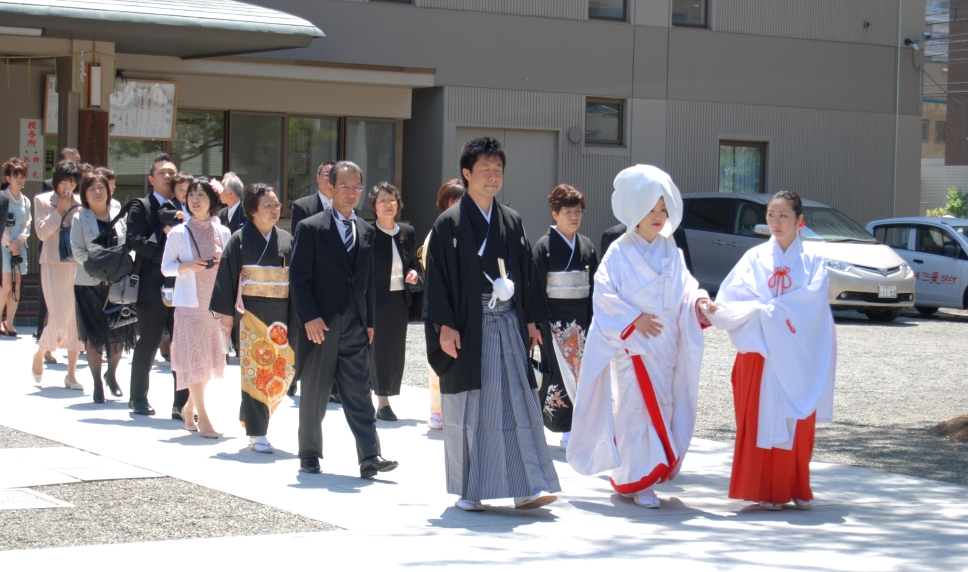
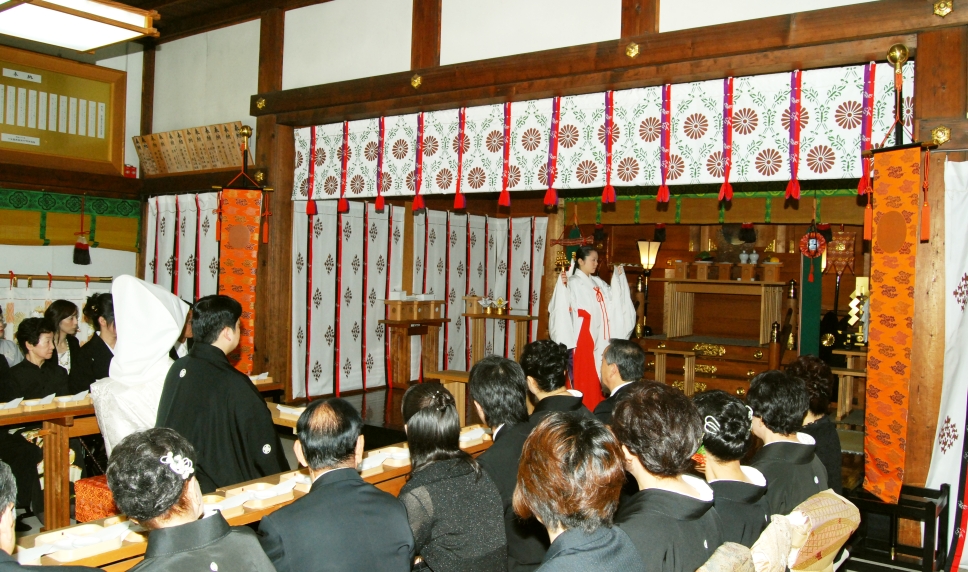
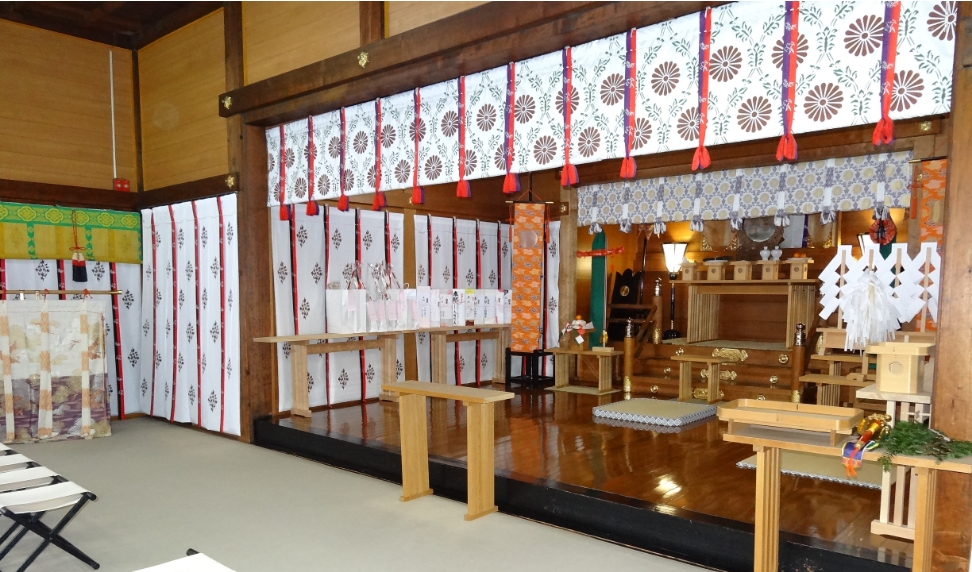
Sapporo Festival







About the Sapporo Festival
Since the Kami of Hokkaido Shrine was enshrined in Maruyama, Sapporo, it has watched over the development of Sapporo and Hokkaido as a spiritual center for the citizens of Hokkaido. The Sapporo Festival began as a way for citizens to thank Kami for His blessings and pray for peace and further development.
The Sapporo Festival began in 1872, and since then it has been held annually around June 15, making it one of the largest and historic festivals in Hokkaido.
About the Mikoshi of Sapporo Festival
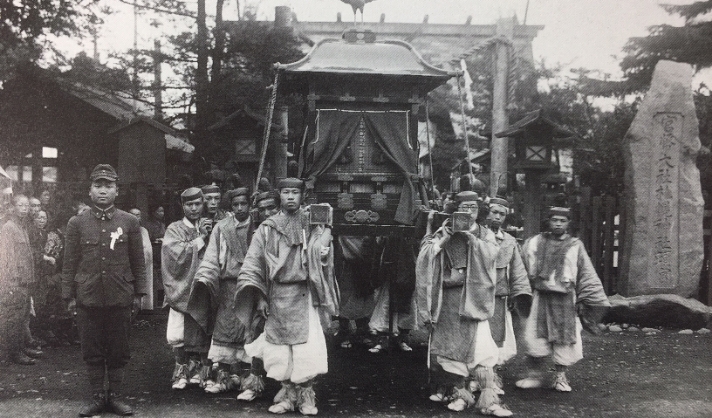
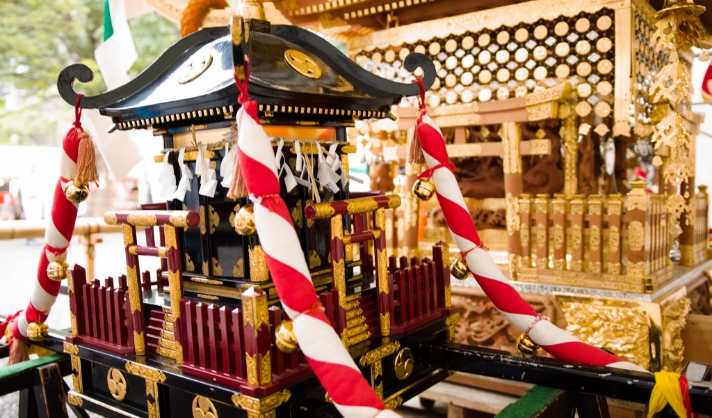
“Mikoshi (portable shrine)” is a carriage for Kami.
During the Sapporo festival, citizens carry the Mikoshi from the Hokkaido Shrine to the city of Sapporo to honor the gods. Tongu serves as a turnaround point “Otabisho” along the route.
Basically, the route departs from Hokkaido Shrine, passes near Sapporo Station and then near the Hokkaido Government Office, and arrives at Tongu. Thereafter, Mikoshi returns to Hokkaido Shrine via the Odori Park area.
When carrying the Mikoshi, people call out “wasshoi, wasshoi” and other such words.


Access
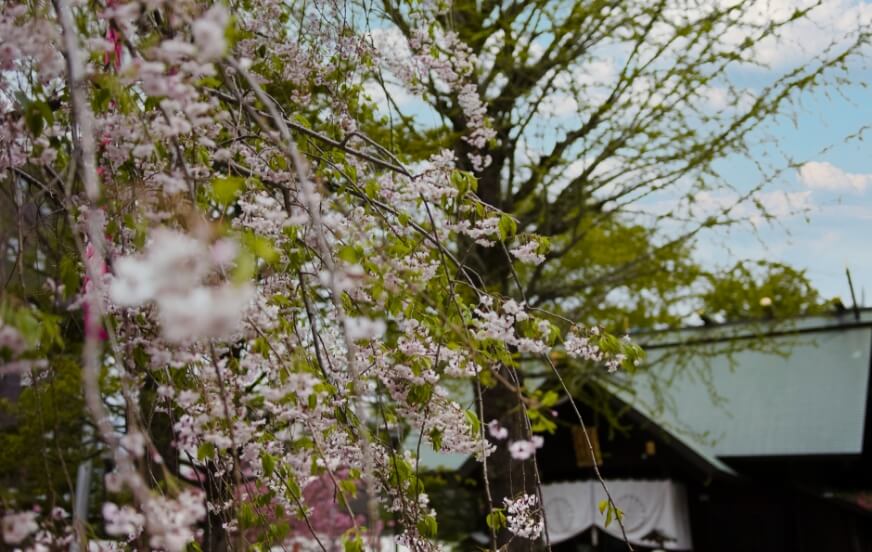
Hokkaido Jingu Tongu(Hokkaido Shrine)
Minami 2-jo Higashi 3-chome, Chuo-ku, Sapporo,
060-0052
- TEL 011-221-1084
- FAX 011-221-1810
- - Reception time -
-
- Summer season:9AM to 5PM
- Winter season : 9AM to 5PM
- - Parking -
-
Parking space for 7-8 cars
- - How to get to Tongu -
-
- 3 min on foot from the Bus Center-mae Station on the Tozai Subway Line(Exit No.6)
- Approx. 10 min by car from JR Sapporo Station South Exit







